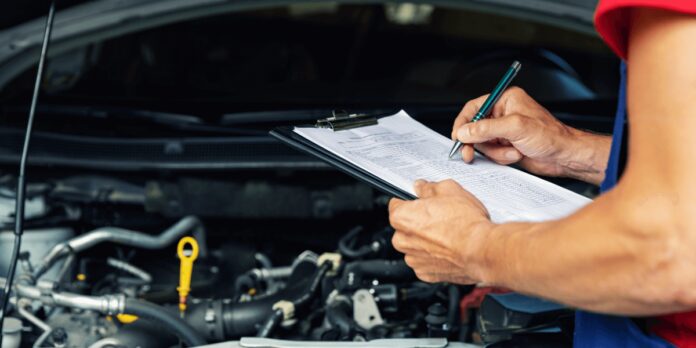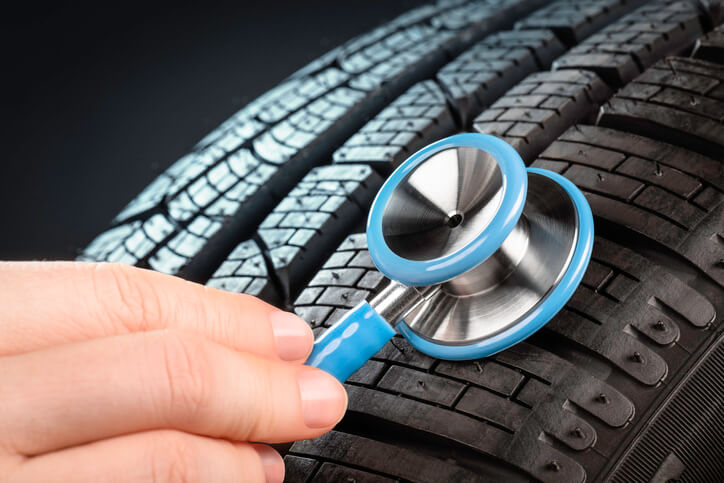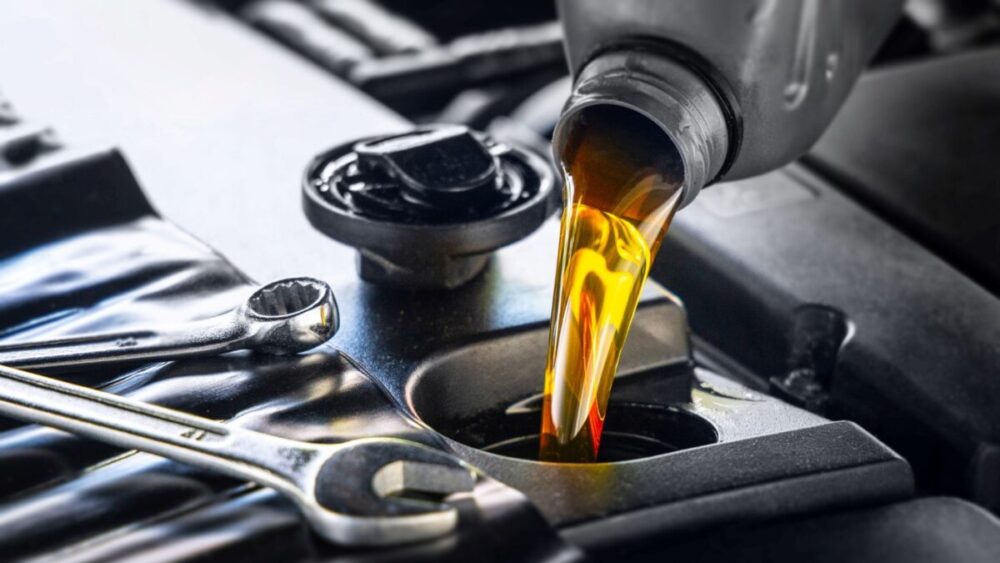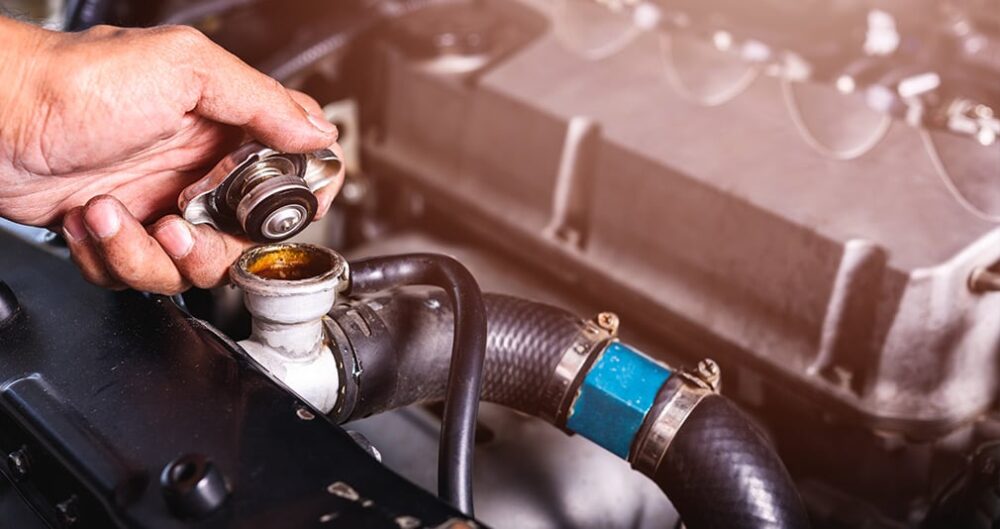
When it comes to maintaining your vehicle, procrastination can be more than just a minor inconvenience: it can be a roadblock to your next adventure. Whether you’re an avid road tripper, a daily commuter, or just someone who enjoys the occasional Sunday drive, keeping your car in top shape is crucial.
Not only does regular maintenance ensure your safety, but it also preserves the longevity and performance of your vehicle. Let’s walk through six essential maintenance tasks that you shouldn’t delay. Addressing these areas promptly can save you from the headaches of breakdowns and expensive repairs down the road.
The Importance of Tire Maintenance: More Than Just Pressure

While checking tire pressure is a well-known aspect of vehicle maintenance, the importance of regular tire checks extends beyond just keeping them inflated. Tires are your only direct contact with the road, and their wear can significantly impact your vehicle’s performance and safety.
Whether you are driving your current car or buying a second hand car, evaluating the condition of the tires is as crucial as checking the engine or the brakes. Worn tires can jeopardize your grip on the road, especially in adverse weather conditions.
Regular tire maintenance should include checking the tread depth, which helps ensure proper traction and safer braking. Rotating your tires as recommended — generally every 5,000 to 7,000 miles — promotes even wear and extends their lifespan.
Don’t Skimp on Brake Repairs: A Local Guide
Your vehicle’s brakes are its most crucial safety feature, and maintaining them should never be overlooked. If you hear squeaking or grinding, feel a wobble, or notice a decrease in responsiveness, it’s time to consider brake repair. Being able to find a reliable local business for brake repair can ensure that you receive high-quality service tailored to your vehicle’s needs.
These local experts can provide comprehensive brake inspections, maintenance, and repairs that meet or exceed industry standards. Ensuring your brakes are in great condition is vital for your safety, especially if you’re planning on navigating the often wet and slippery roads in the Pacific Northwest
Changing Your Oil: The Lifeline of Your Engine

Another one of the most crucial maintenance steps you should never put off is changing your engine oil. Oil is essential to your engine, providing necessary lubrication to all the moving parts. Over time, the oil degrades and gets contaminated with dirt, dust, and debris from the engine and the environment. Skipping an oil change can lead to increased friction, which may cause overheating and severe damage to your engine’s internal components.
A fresh oil change revitalizes your engine, ensuring smooth operation and preventing the buildup of harmful contaminants. Always refer to your owner’s manual for the manufacturer’s recommendations to keep your engine running efficiently.
Battery Check-Up: Don’t Get Stranded
The battery is the heart of your vehicle’s electrical system, powering everything from the ignition system to the headlights and the radio. Car batteries typically last between three to five years, but extreme temperatures and frequent short trips can shorten this lifespan. A dead battery can leave you stranded without warning, so it’s vital to check it regularly for signs of wear or failure.
A simple battery test, performed by a professional during routine maintenance, can tell you the state of your battery’s health. If the battery’s charge is low, it might just need a recharge.
However, if there are signs of corrosion, or if the battery fails to hold a charge, it’s time for a replacement. Keeping track of your battery’s age and condition can help you anticipate its replacement before it fails, ensuring that you’re never left powerless on the side of the road.
Cooling System Flush: Avoid Engine Overheat

The cooling system of your vehicle plays a pivotal role in maintaining the engine’s temperature. It prevents the engine from getting too hot and keeps it operating at an optimal heat range. Over time, the coolant becomes acidic and can start to degrade the other parts of the cooling system, such as the radiator, water pump, hoses, and thermostat.
A cooling system flush involves draining the old coolant, cleaning the system with flush fluid, and refilling with fresh coolant. This maintenance not only prevents rust and corrosion in the cooling system but also enhances its efficiency and longevity.
Transmission Maintenance: Keep It Smooth
The transmission is one of the most complex and crucial components of your vehicle. It’s responsible for transferring the engine’s power to the drivetrain. Like engine oil, transmission fluid serves as both lubricant and a coolant for the moving parts inside. Over time, the fluid can degrade, leading to shifting issues, surges, or even transmission failure.
Regular transmission checks and fluid changes can prevent these issues. The frequency of transmission fluid changes can vary widely based on the vehicle make and model, but a good rule of thumb is every 30,000 to 60,000 miles.
Also, be mindful of symptoms like delays in shifting, unusual noises, or even a burning smell, which could indicate transmission problems. Addressing these issues early with a transmission fluid change or repair can significantly extend your vehicle’s life and performance.








